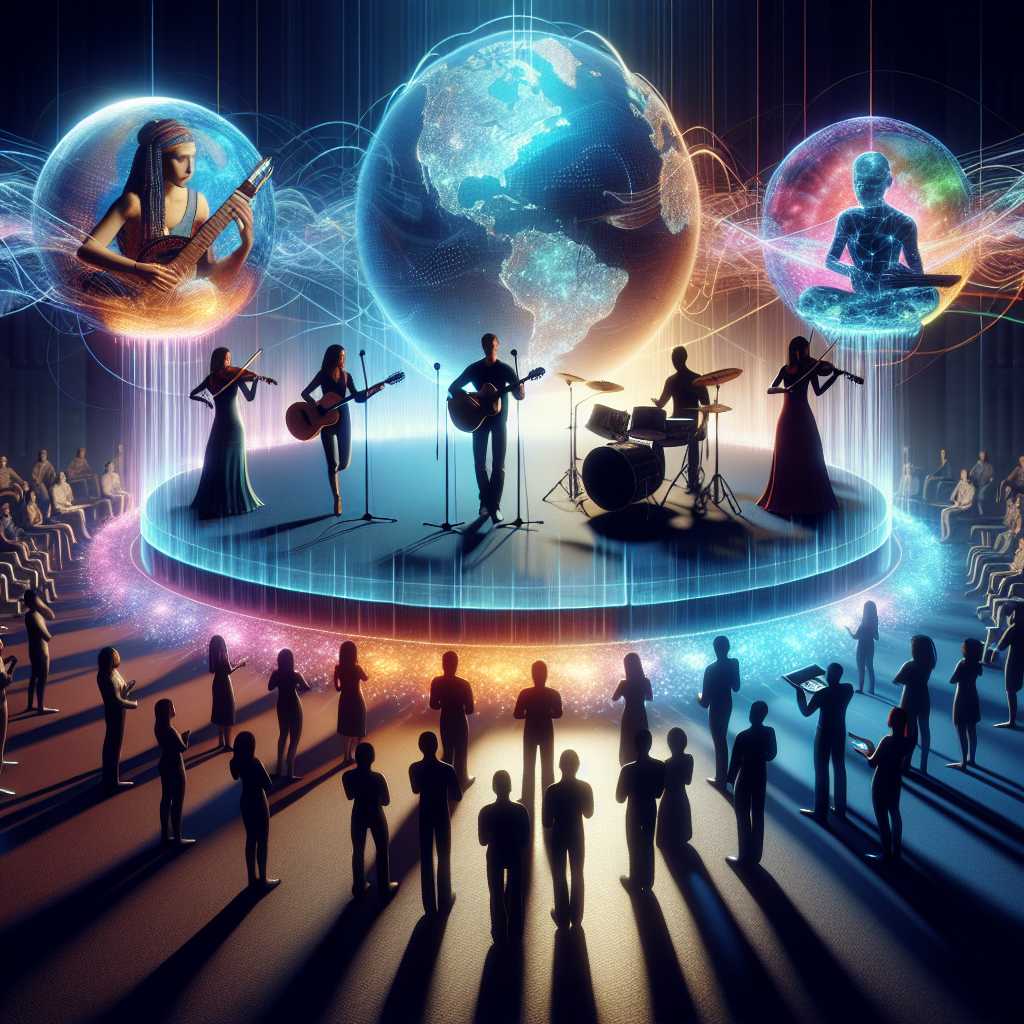Example Article
The Legacy of Live Aid and Its Enduring Influence
In July 1985, Live Aid emerged as a groundbreaking global benefit concert aimed at raising funds for the Ethiopian famine crisis. Organised by Bob Geldof and Midge Ure, it united an unprecedented array of iconic musicians across two continents, broadcast live to an estimated 1.9 billion viewers worldwide. Its success lay not only in the immense funds raised but also in how it redefined the potential of music as a catalyst for social change.
The influence of Live Aid has been profound, inspiring countless benefit concerts and charity events in subsequent decades. It demonstrated the power of mass media and celebrity to mobilise public opinion and resources on a global scale. However, Live Aid also faced criticism over issues such as the allocation of funds and the oversimplification of complex humanitarian crises.
Despite these criticisms, Live Aid set a precedent for leveraging entertainment as a force for good. Its legacy is evident in modern philanthropic initiatives that combine artistry with activism, highlighting the responsibility and opportunity artists have to engage with pressing global issues.
Digital Innovation: The Rise of Virtual Benefit Concerts
Fast forward to the 2020s, the landscape of benefit concerts has undergone a radical transformation, largely driven by advancements in digital technology and changing consumption habits. The COVID-19 pandemic accelerated this shift, as physical gatherings became untenable and artists turned to virtual platforms to reach audiences.
Virtual benefit concerts have expanded the reach and inclusivity of fundraising efforts. Platforms like YouTube, Twitch, and bespoke streaming services enable millions to participate globally without geographical constraints. This evolution has also introduced interactive elements such as real-time donations, chatrooms, and integrated social media engagement, fostering a sense of community even in isolation.
Moreover, digital concerts reduce overhead costs associated with traditional events, allowing a greater proportion of funds to be channelled directly to causes. Technological innovations like augmented reality (AR) and virtual reality (VR) promise even more immersive experiences in future iterations, potentially redefining audience engagement and fundraising efficacy.
The Ethical Dimensions and Challenges of Modern Benefit Events
While digital benefit concerts offer exciting possibilities, they also present new ethical challenges. Transparency remains paramount; donors increasingly demand clear evidence that their contributions yield tangible impact. Unlike Live Aid’s era where accountability was less scrutinised, today’s audiences expect detailed reporting and ongoing updates.
Additionally, there is a risk of ‘compassion fatigue’ exacerbated by the constant stream of online appeals competing for attention. Organisers must therefore balance urgency with sensitivity to avoid desensitising audiences or trivialising complex issues through oversimplified messaging.
Another concern involves inclusivity—ensuring that digital events do not exclude those without reliable internet access or technological literacy. Bridging this digital divide is essential to preserve the democratic spirit of global philanthropy initiated by events like Live Aid.
Innovative Collaborations: Artistry Meets Activism in New Forms
Modern benefit concerts increasingly blend artistic innovation with activism beyond traditional performances. Musicians collaborate with visual artists, filmmakers, and technologists to create multimedia experiences that deepen emotional resonance and understanding of causes.
For instance, hybrid events incorporating documentary storytelling or immersive installations provide context behind the humanitarian issues being addressed. This approach educates audiences while inspiring action, moving beyond fundraising towards fostering long-term engagement.
Furthermore, partnerships with NGOs and grassroots organisations have become more strategic. Artists act as ambassadors rather than mere fundraisers, advocating policy changes or supporting sustainable development goals. This holistic model reflects an evolution from spectacle-driven charity to sustained social impact.
Conclusion: Charting the Future of Global Benefit Concerts
From the epochal moment of Live Aid to today’s digitally driven initiatives, global benefit concerts have continually adapted to technological advances and societal expectations. They remain vital platforms for raising awareness and mobilising resources but must evolve ethically and creatively to maintain relevance.
The fusion of technology with artistry opens exciting avenues for inclusivity and engagement while demanding greater transparency and sensitivity towards diverse audiences. As philanthropic endeavours grow more sophisticated, benefit concerts will likely become integral components of broader advocacy ecosystems rather than standalone events.
Ultimately, the spirit that underpinned Live Aid—a collective commitment to harnessing culture for humanitarian good—continues to inspire new generations. In navigating contemporary challenges, modern benefit concerts can uphold this legacy by innovating responsibly and inclusively.
Notes
- Live Aid was broadcast live across 150 nations simultaneously.
- The 2020 One World: Together At Home concert raised over $127 million through virtual donations.
- Over 60% of global internet users engaged with some form of online charitable content in 2024.

